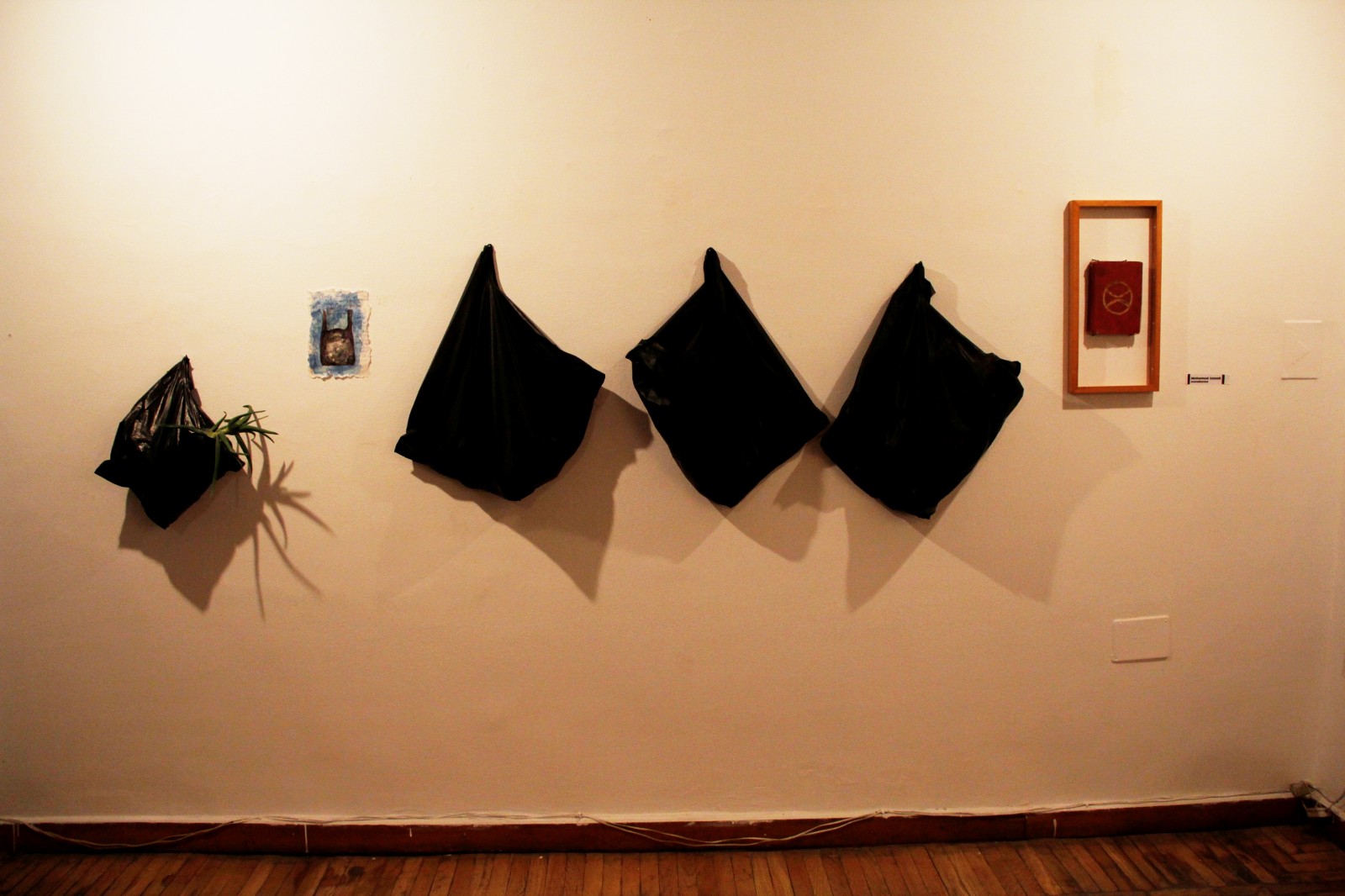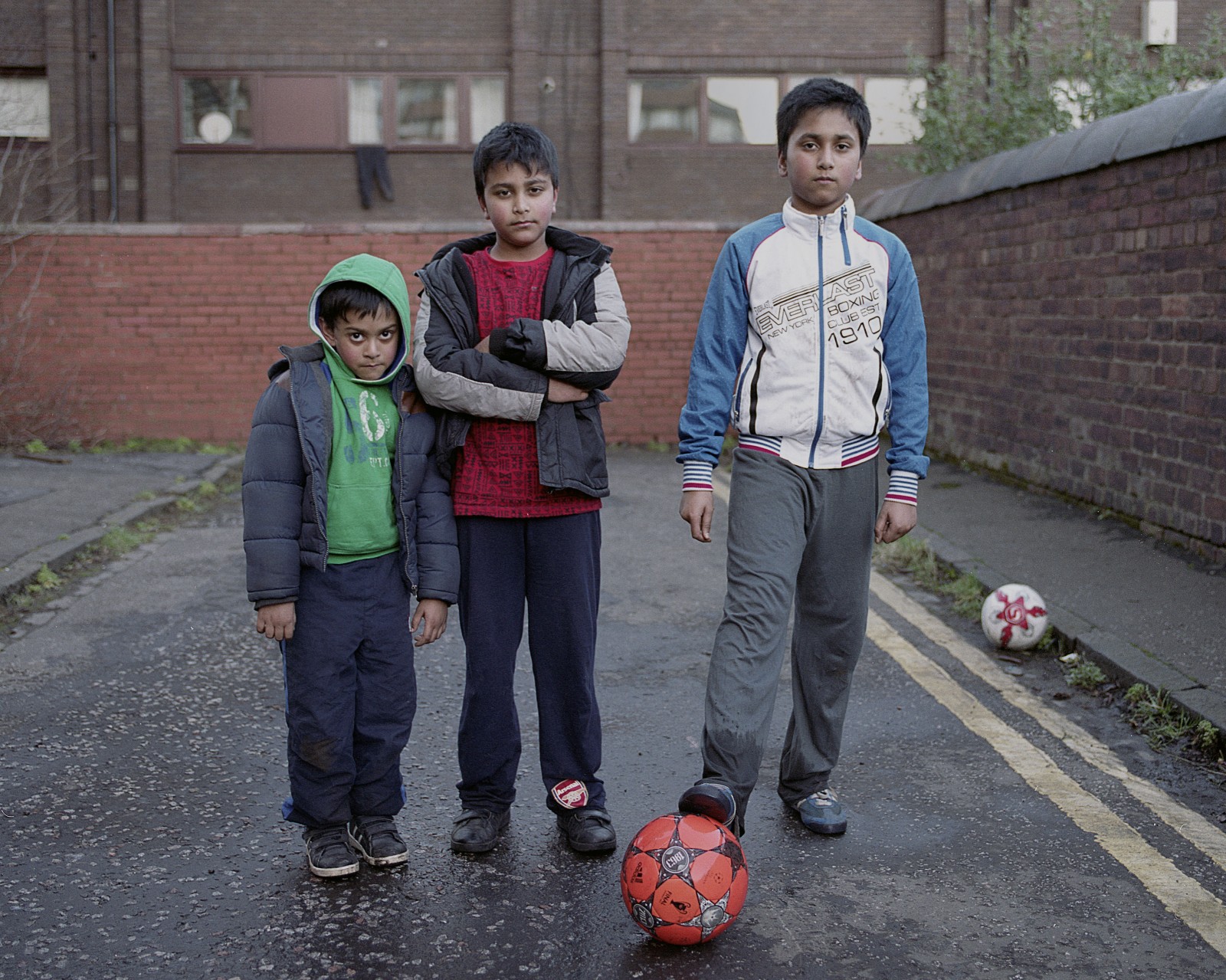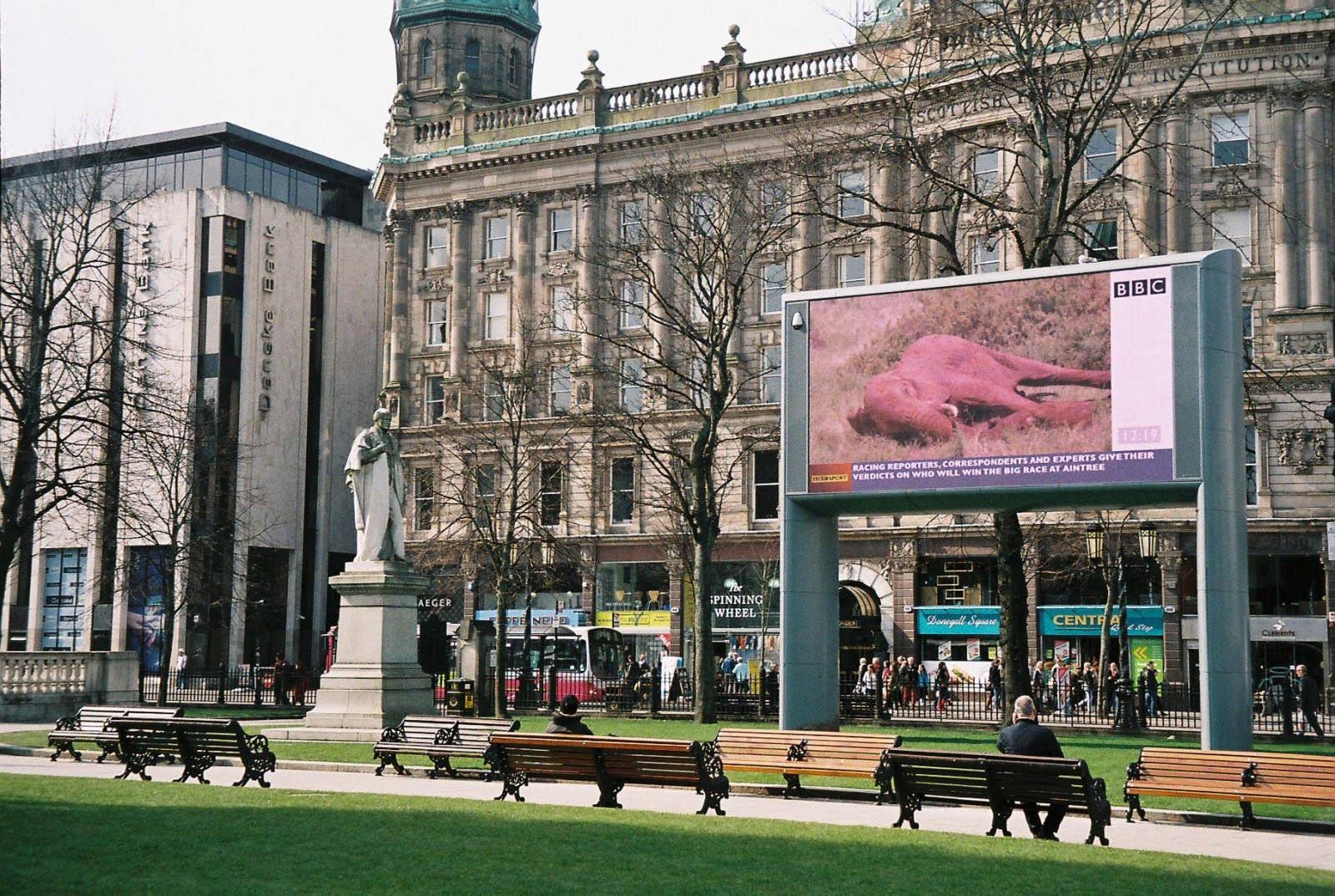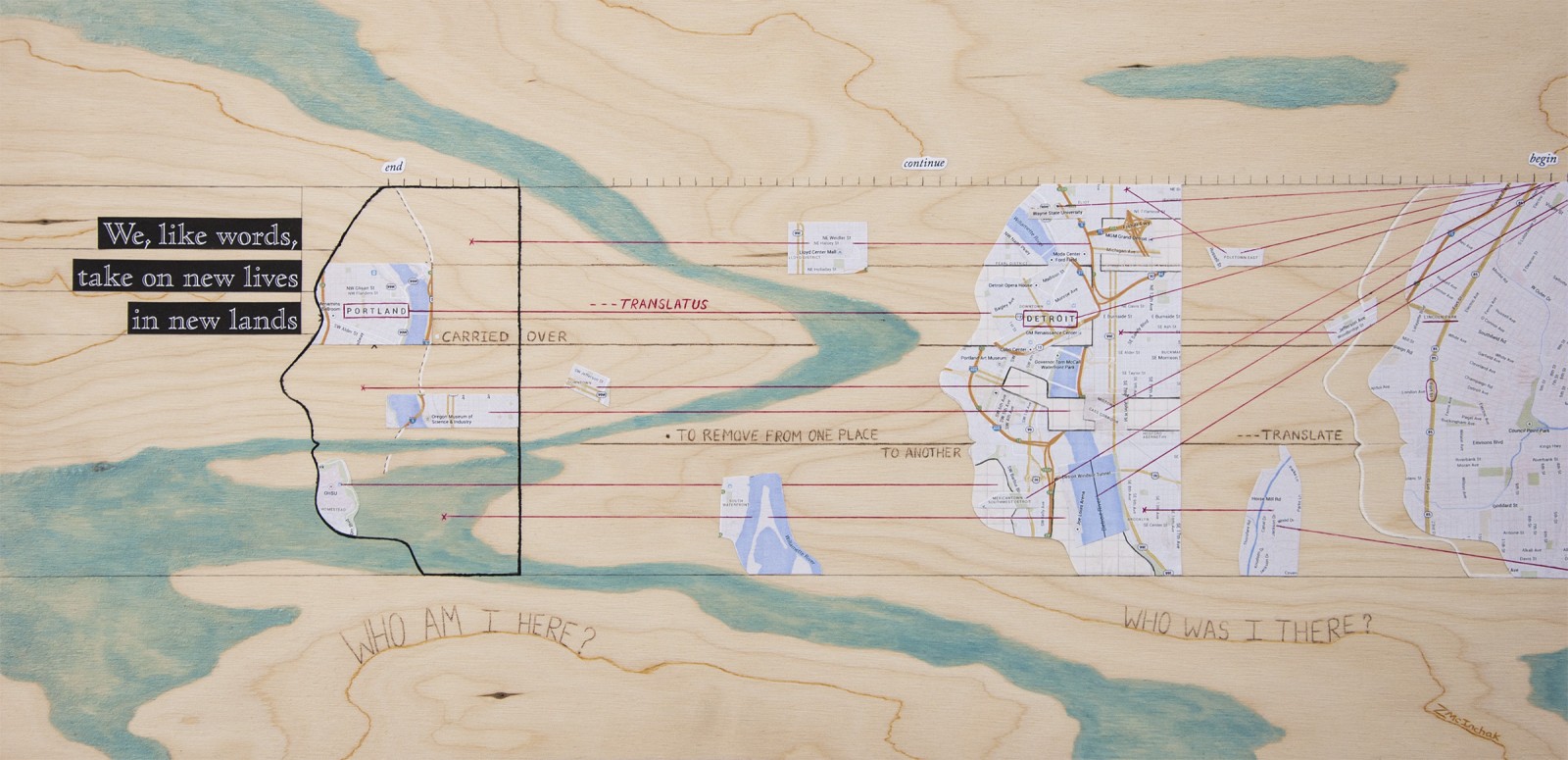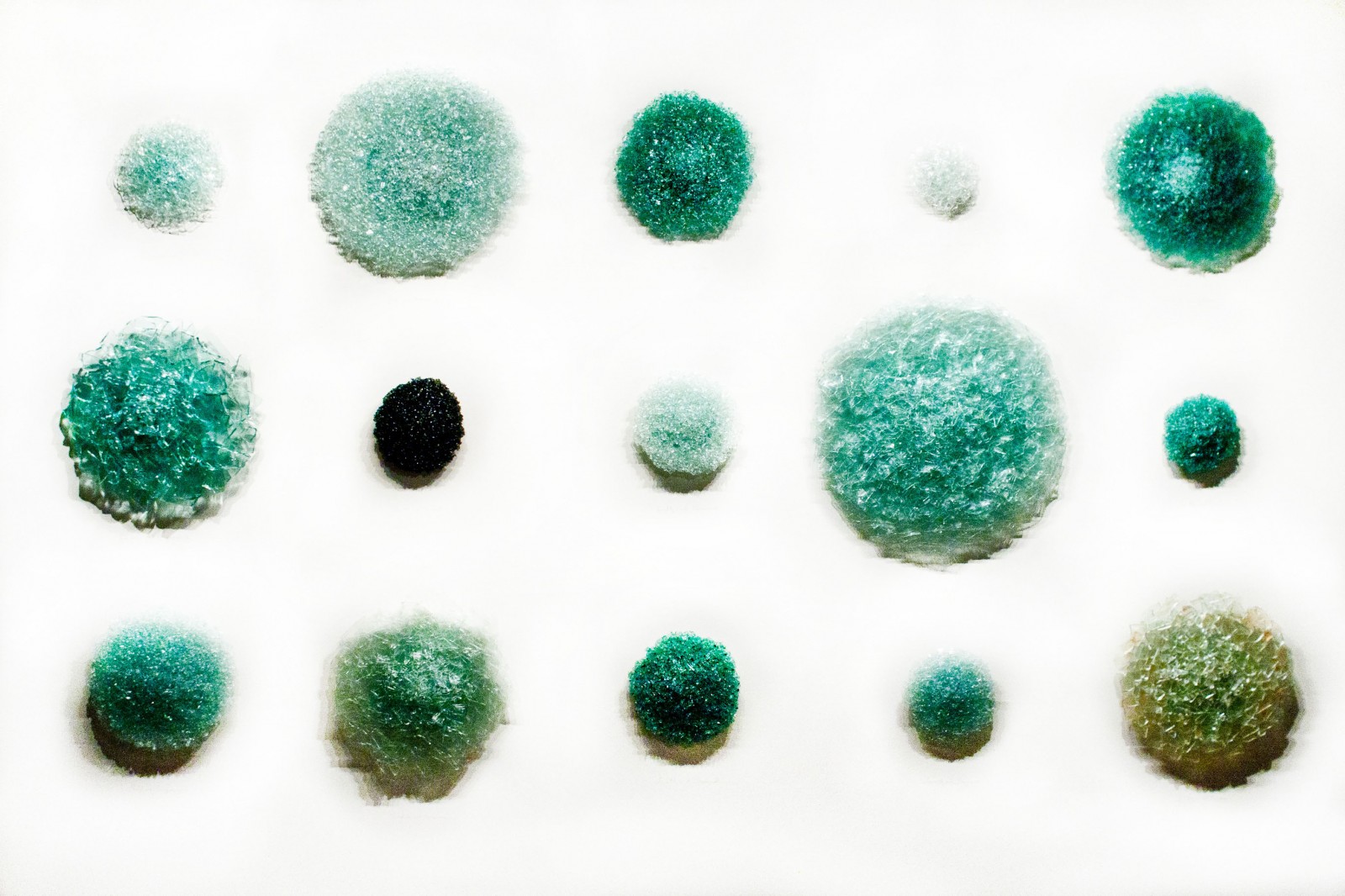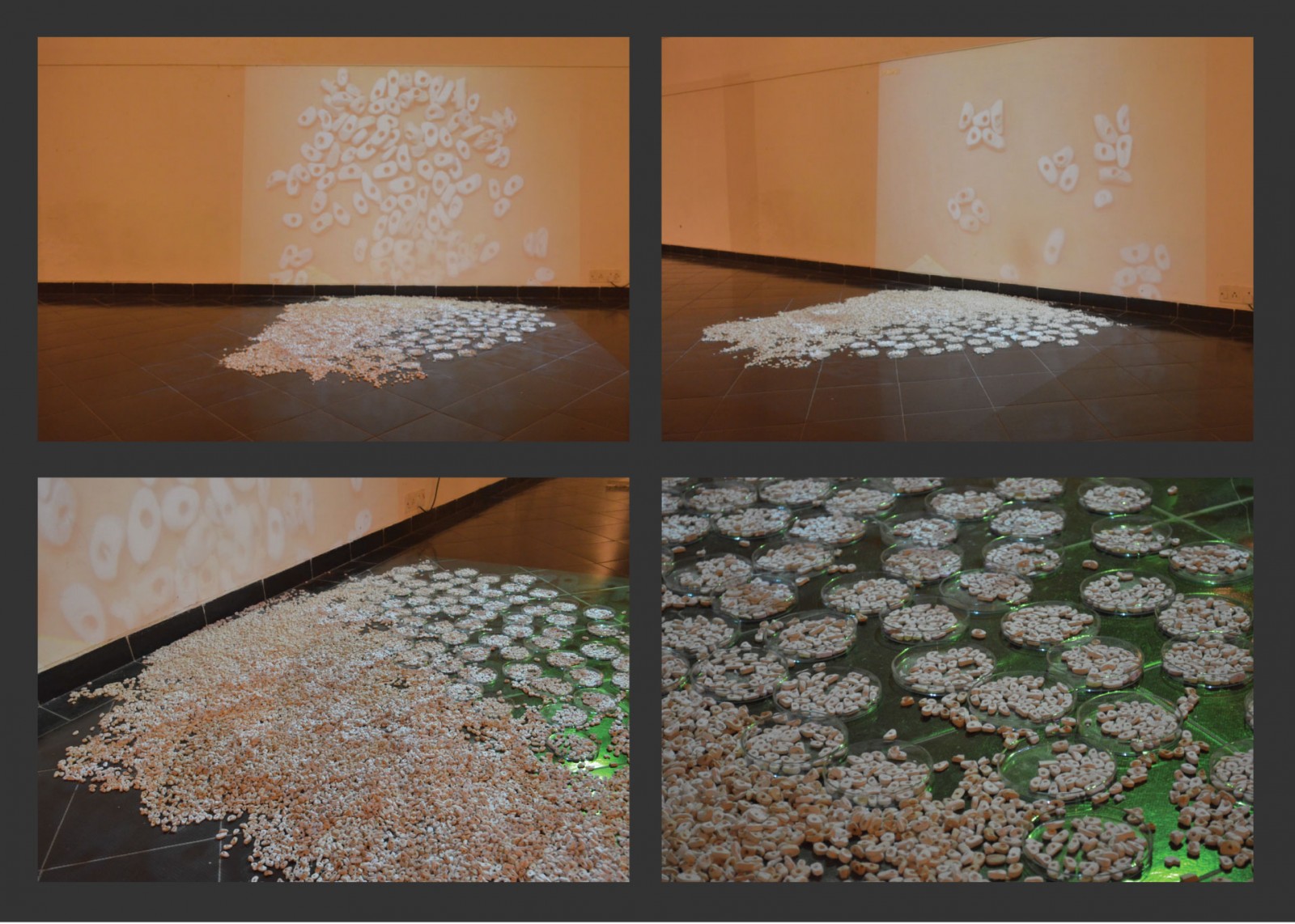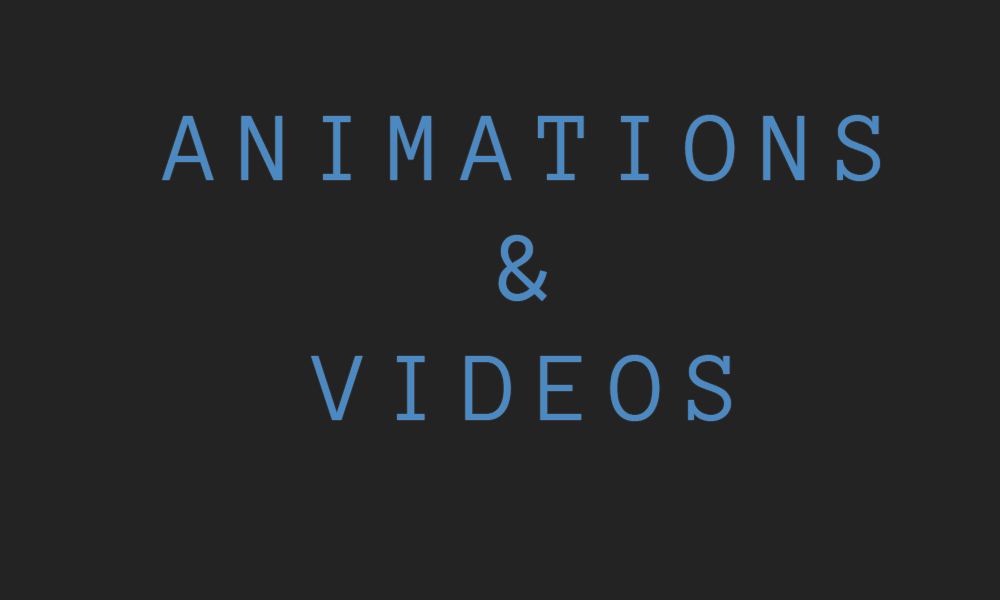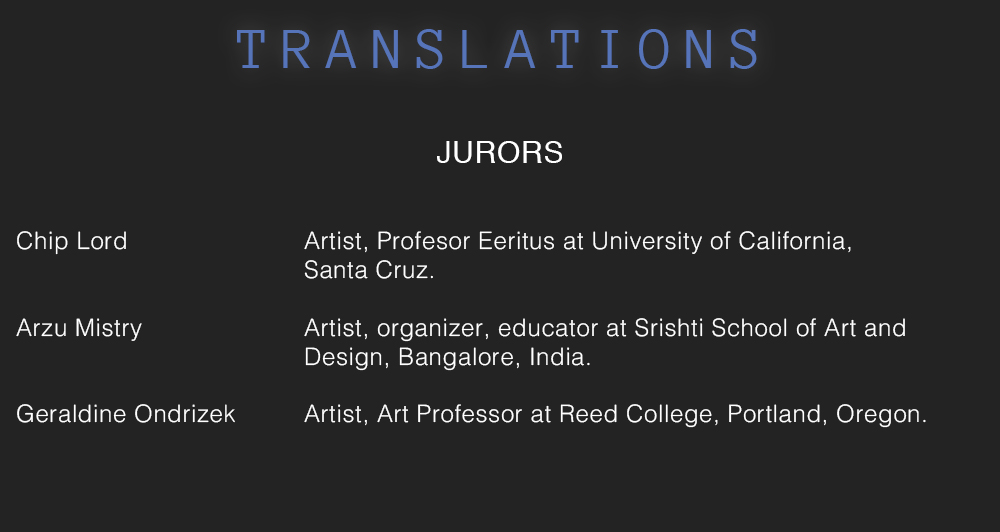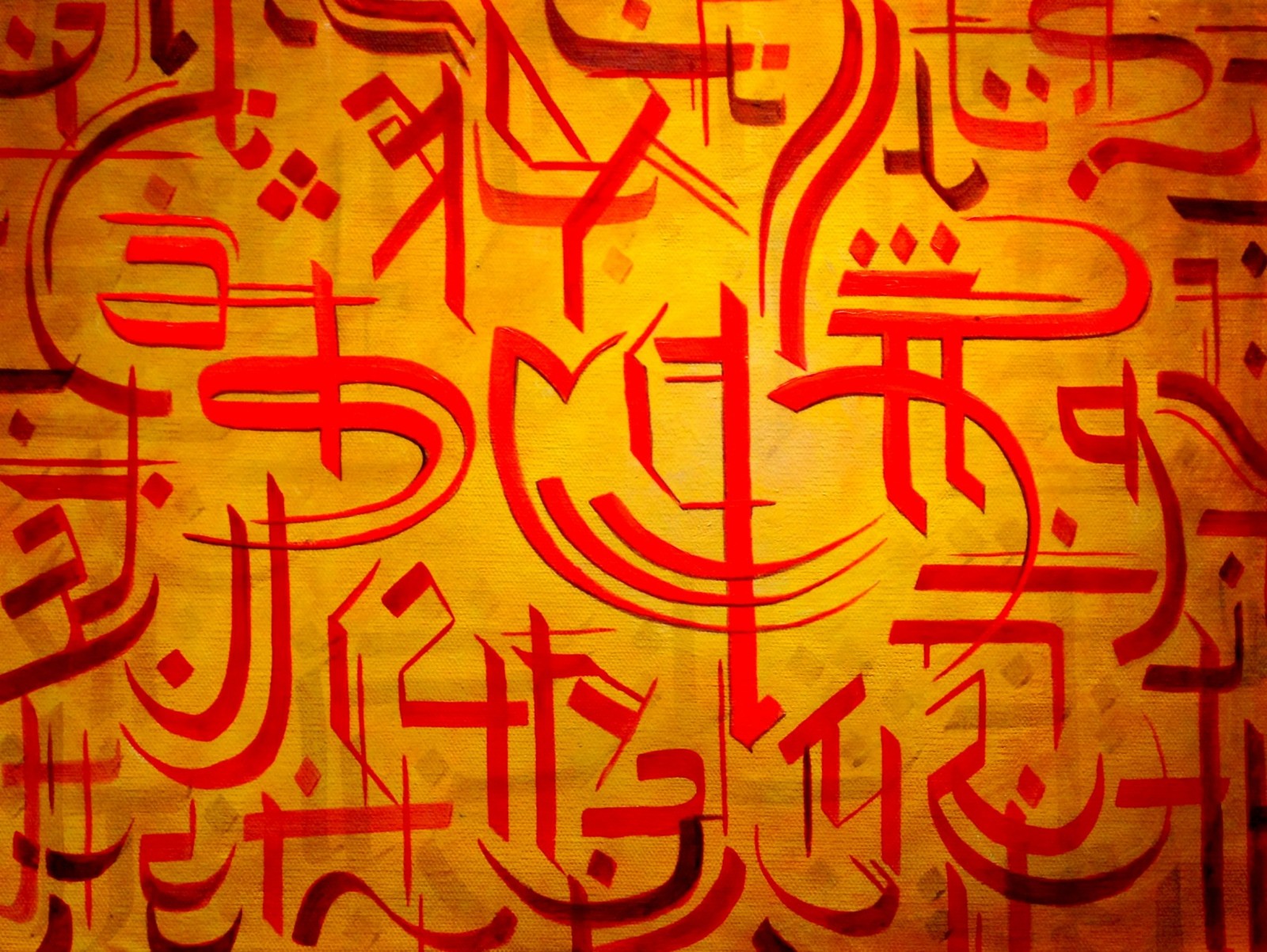
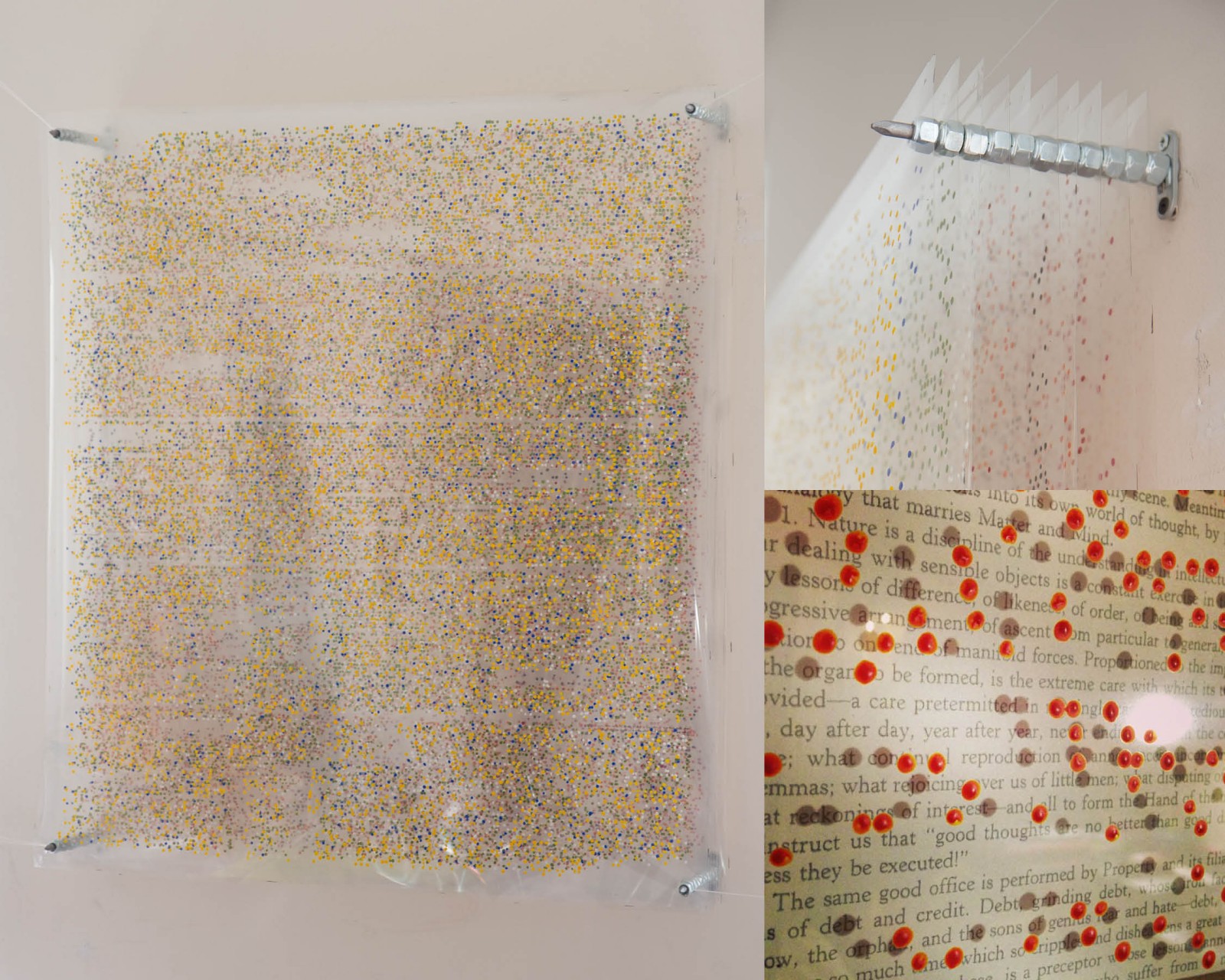
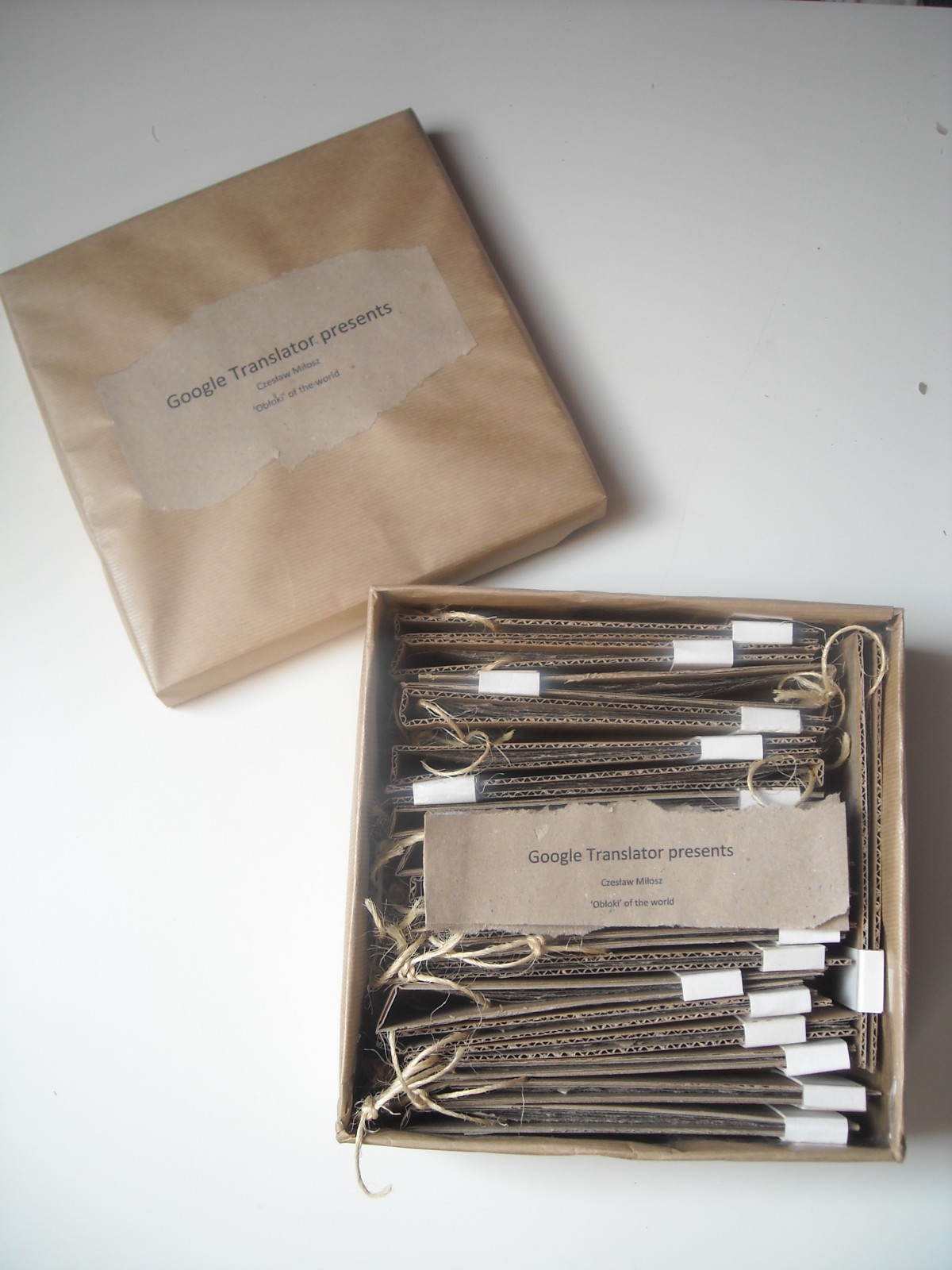



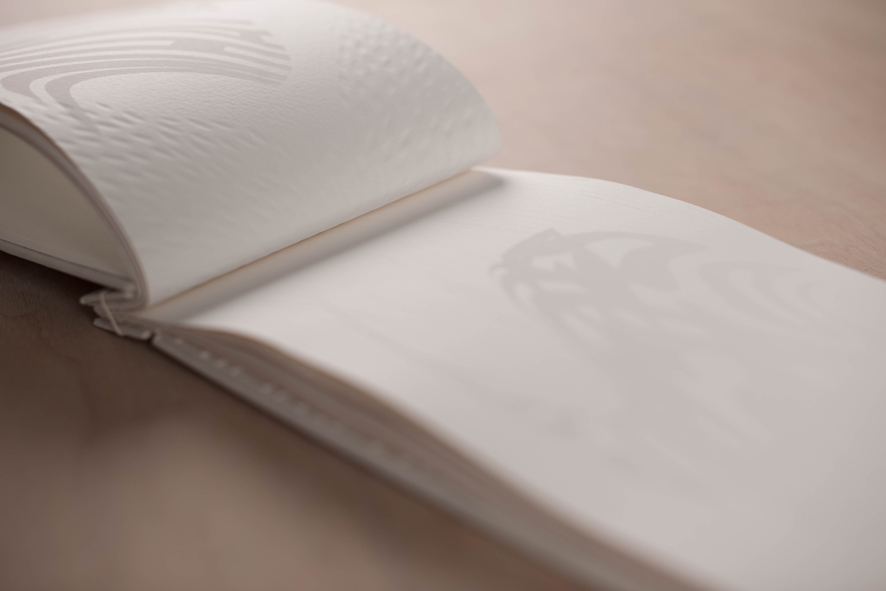
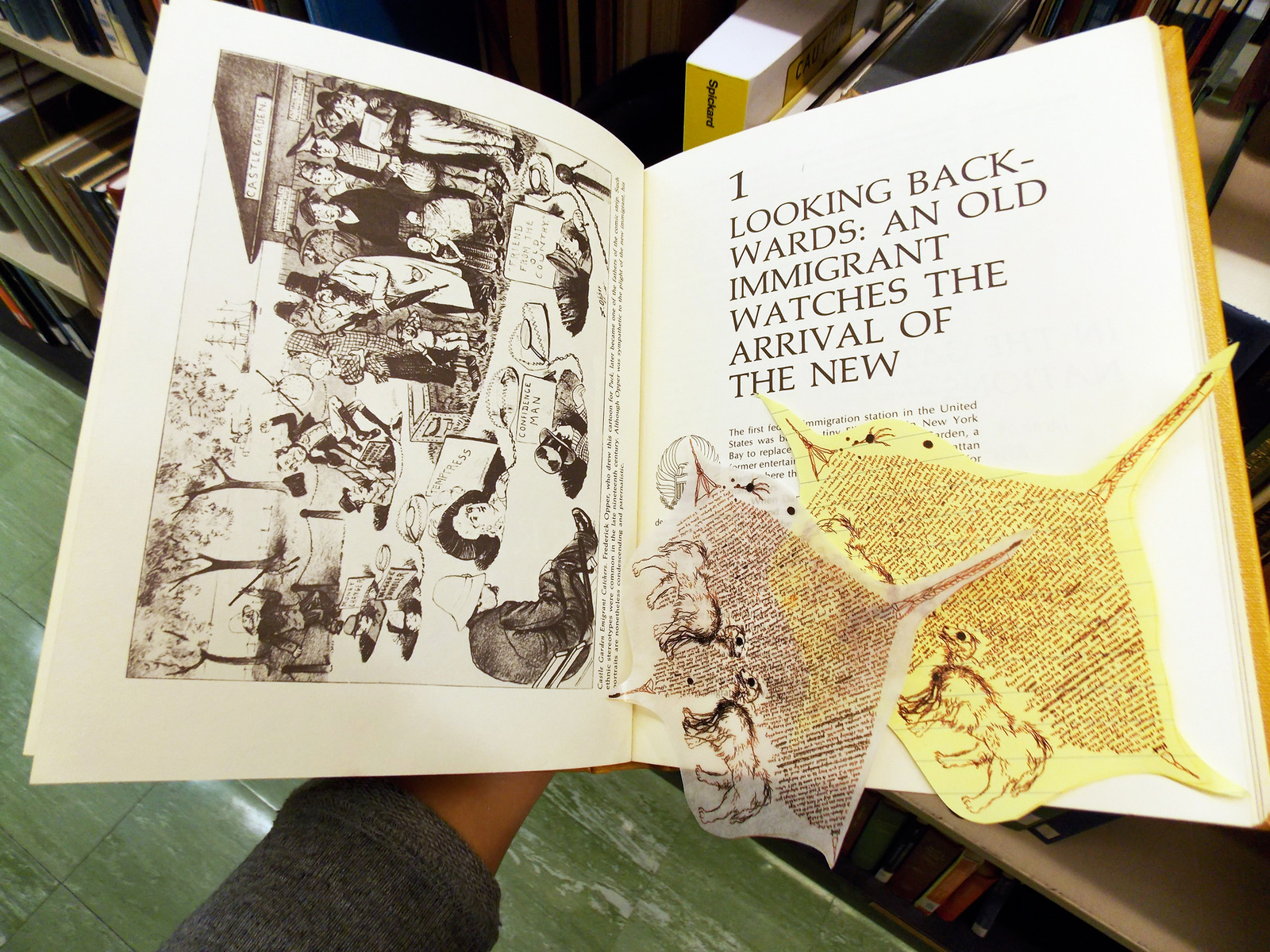
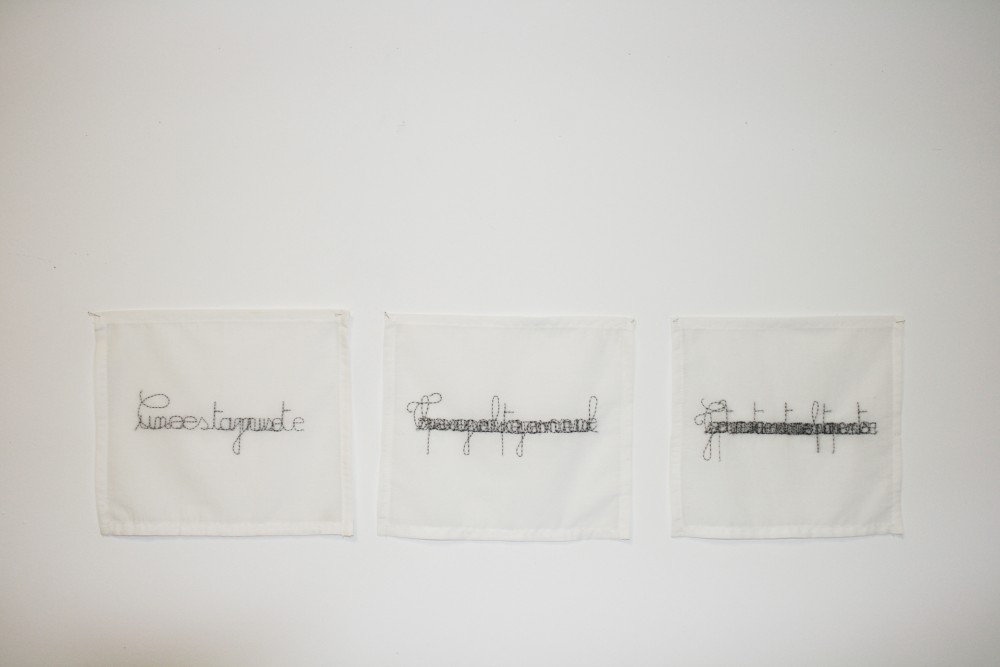

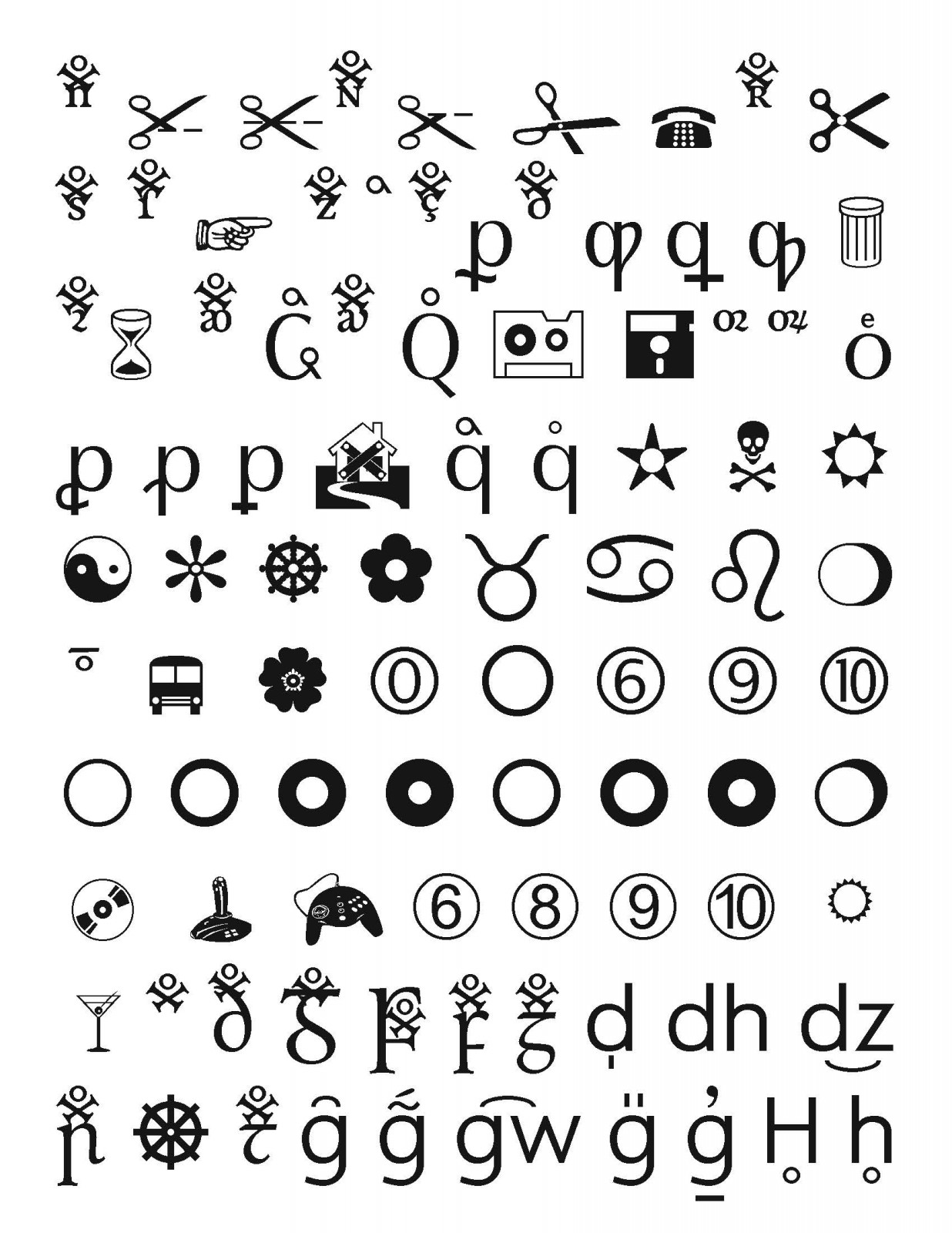
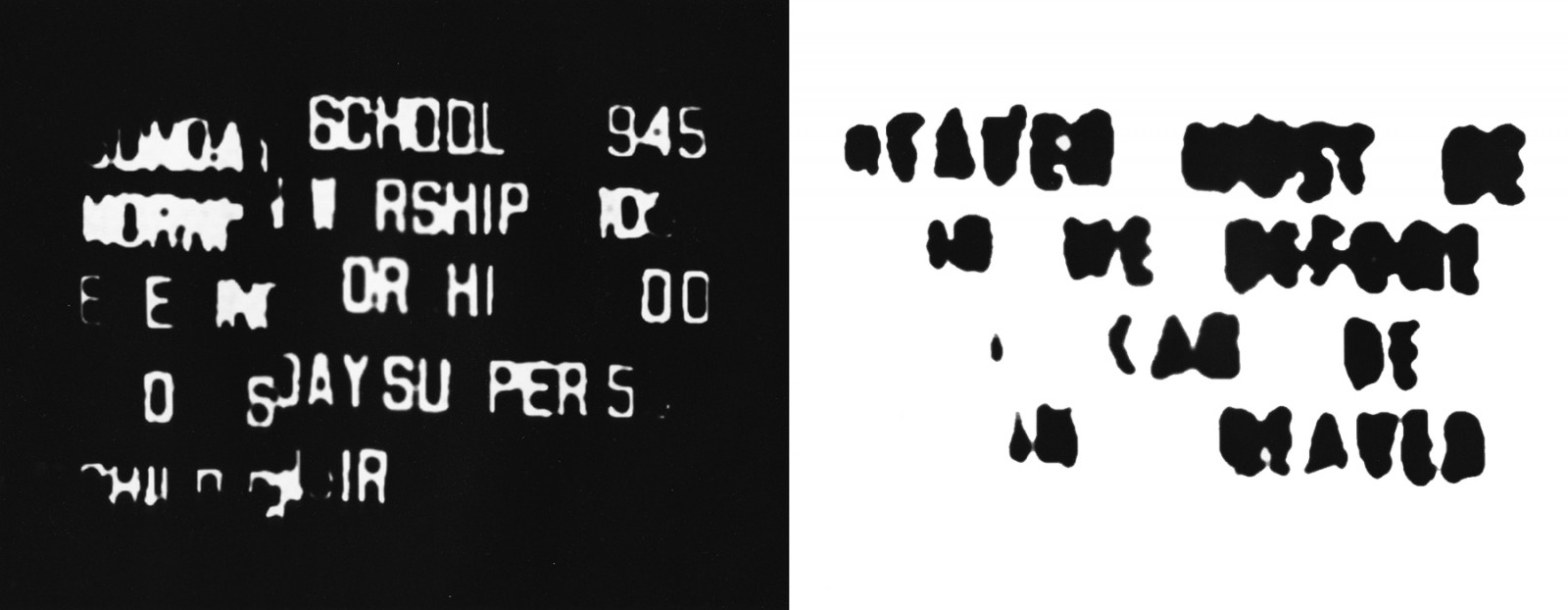

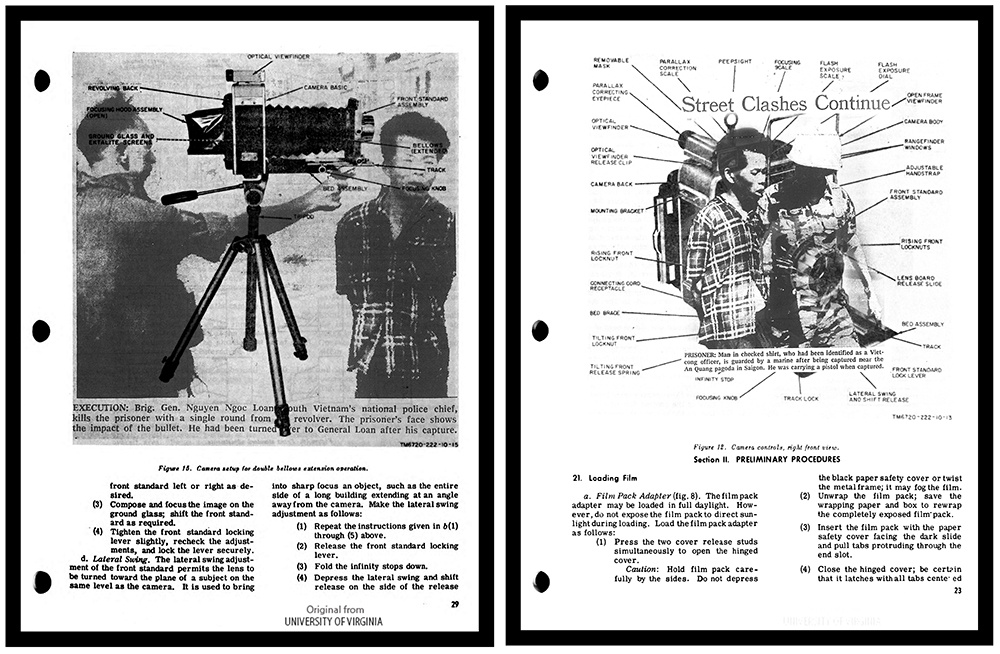
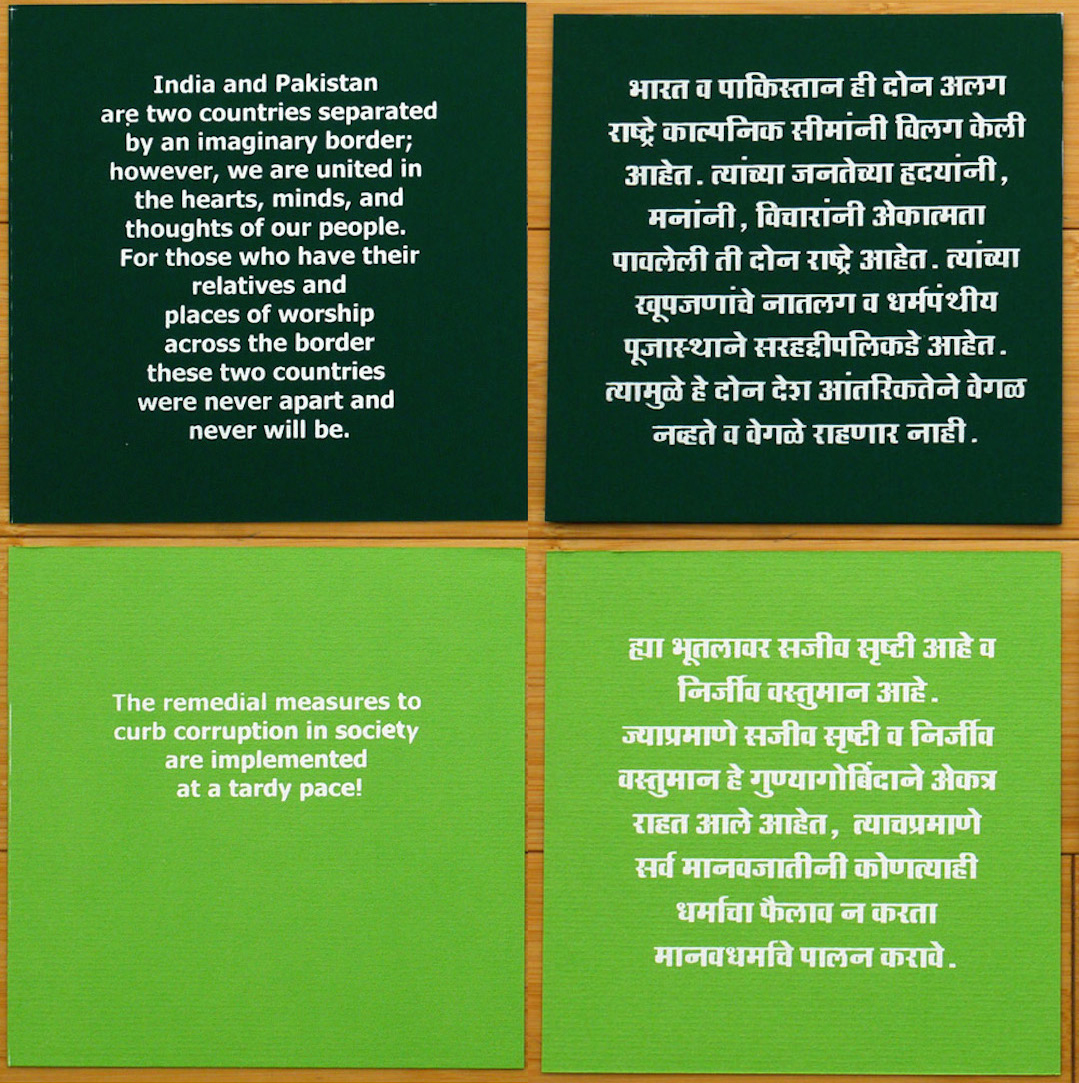
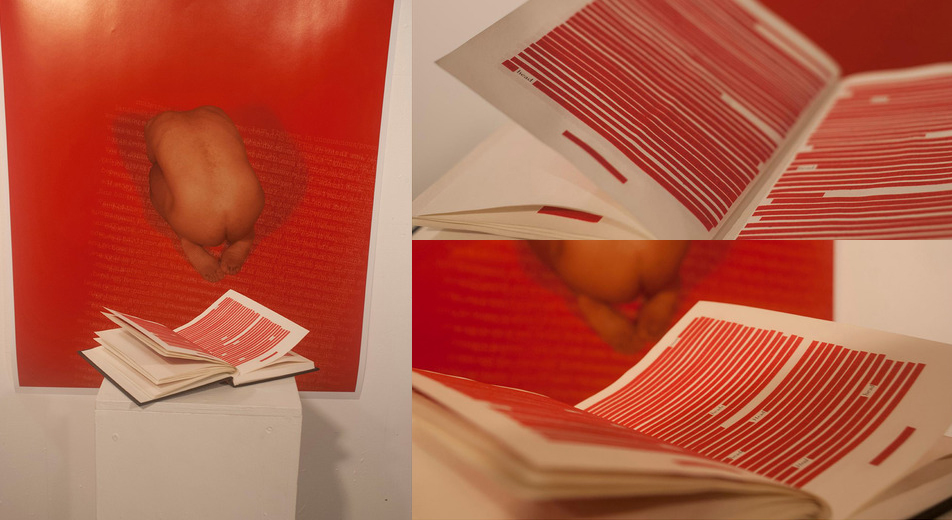
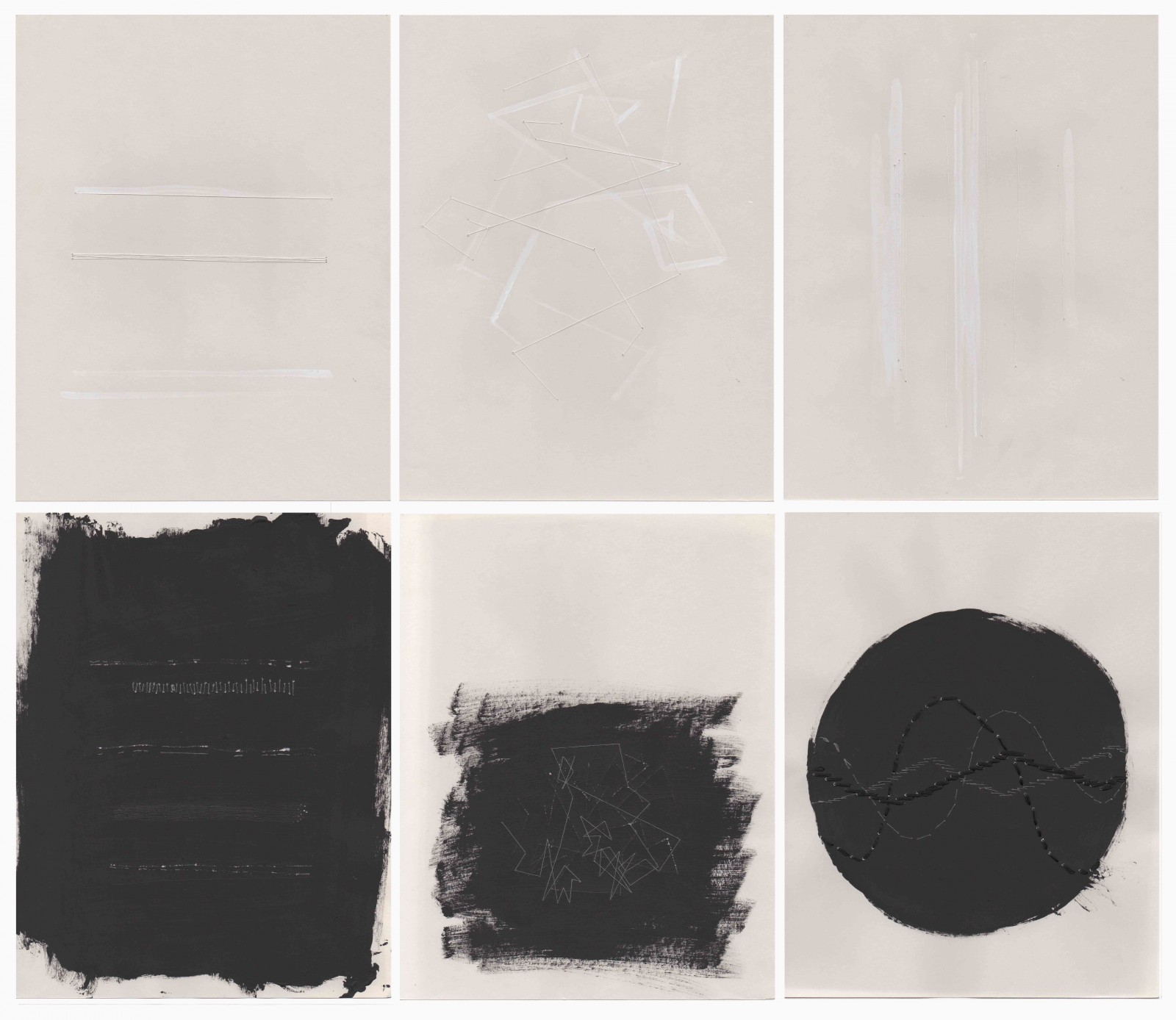
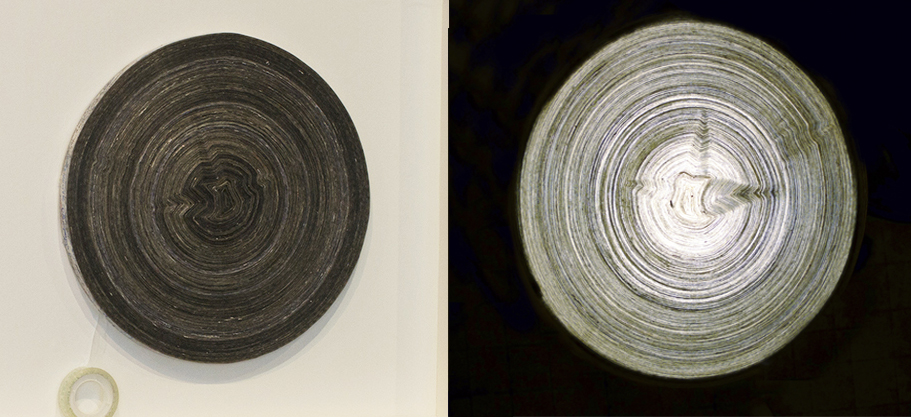
This piece is an embodiment of my experience with micro-level discipline and power. It is made from a great deal of used adhesive tapes collected since my middle school in China. The tiniest misbehaviours, such as sloppy writing, resulted in humiliation for not meeting expected standards. Adhesive tape became a powerful correction tool helping avoid blame and punishment from teachers. Originally, used adhesive tape was treated as trash. But out of context, the tape represents something different: the history and manifestation of discipline.

Entendiendo el arte como la traducción de una idea, como un lenguaje en sí mismo, Carmín Alizarina nos presenta – que no representa- ‘Idea de trapo’. Su propósito inicial no es mostrar una imagen mediante la reinterpretación de la misma, sino ofrecer una visión lo más objetiva posible de una realidad. El medio juega un papel fundamental en la obra ya que aglutina tres lenguajes diferentes (la fotografía, la definición y el ente real) en una misma pieza de arte.
_________________________________________________
Understanding art as the translation of an idea, as a language in and of itself, Carmín Alizarina presents to us - which does not represent - “Idea of cloth”. Her main objective is not to show an image through a reinterpretation of the image itself, but rather to offer the most objective view possible of reality. The medium plays a key role in the piece because it combines three different languages (photography, the definition, and the actual object) in the same piece of art.
